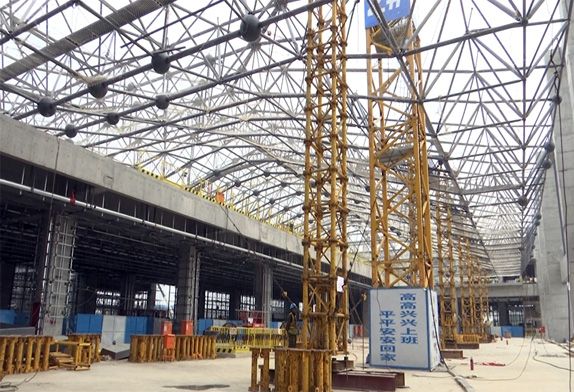
In steel structure buildings, there are mainly three protection methods: fireproof coating method, spraying fireproof coating, and water filling method. After the fire prevention treatment, a comprehensive analysis of the changes in the function of the steel structure should be carried out to ensure the smooth completion of the project. In addition, the use of steel fire-resistant coatings is very simple, the cost is low, and the fire-resistant function of steel can be increased. Fire retardant coatings are applied on steel structures and steel materials, which have good heat insulation and heat absorption properties, and can ensure that steel structures and steel materials are not easily deformed under high-temperature conditions. Fire-retardant coatings are the simplest and most convenient method of fire-proofing, which can make the steel structure work normally.
For some special types of steel structures such as thin and ultra-thin steel, some organic materials are usually applied to the steel, but they are easily affected by sun exposure, acid rain, etc., which may cause aging of parts, peeling of fireproof coatings, and cracks. The function of the fireproof coating is greatly reduced.
Advanced fire protection technology: Two methods of cast-in-place molding and spraying can be used to add outer coatings to the surface of the steel structure. The cast-in-place molding method is used to increase the toughness of the steel, improve the strength of the steel structure shell, and prevent shrinkage cracks. The spraying method is suitable for sand pumping the surface of the steel structure to form a protective layer, which can improve the fire resistance of the steel structure.
In steel smelting, new technologies and processes can be used to change the properties of building materials by chemical means, enhance the fire resistance of steel structures, increase the high temperature bearing capacity of steel structures, and develop high temperature and heat resistance building materials.











 About Us
About Us 2022-06-29
2022-06-29


